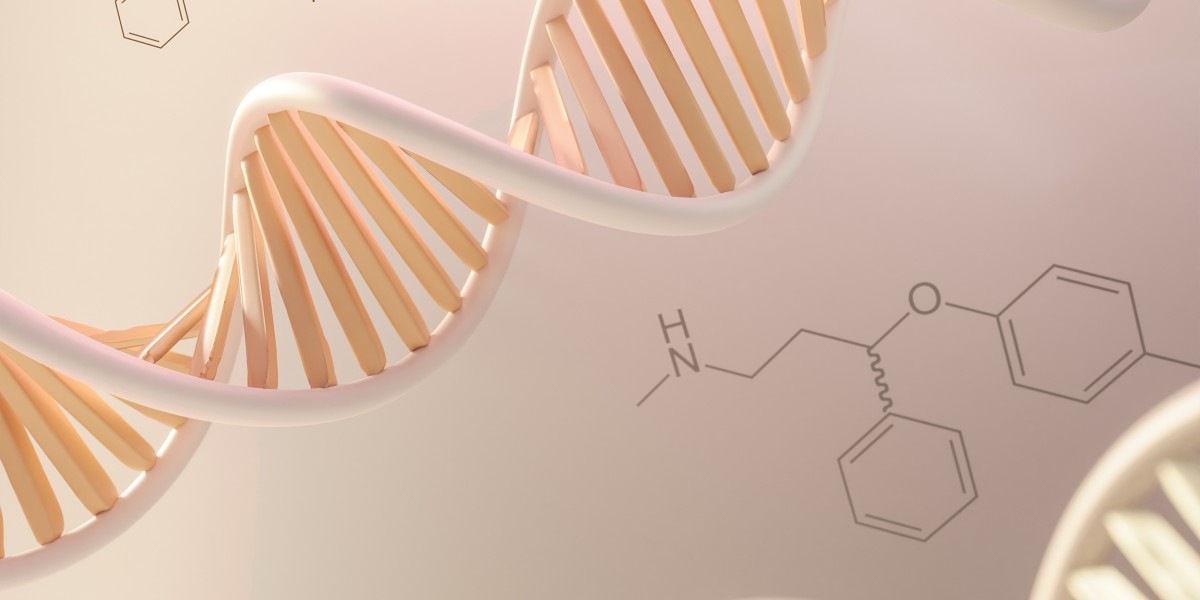Chromosomes are the thread-like structures within the nucleus of eukaryotic cells that play an essential role in storing, organizing, and transmitting genetic information. The chemical composition of chromosomes is intricate, involving a variety of molecules and proteins that ensure genetic stability and proper cellular function. Let’s take a closer look at the components that make up chromosomes and understand their significance in genetic processes.
What is the Chemical Composition of Chromosomes?
The chemical composition of chromosomes is primarily made up of deoxyribonucleic acid (DNA), proteins, and other structural components. Each of these elements plays a crucial role in how genetic material is organized, protected, and used by cells.
1. DNA: The Blueprint of Life
At the core of the chemical composition of chromosomes is DNA, a long, double-helix molecule that contains the genetic code. DNA is made of nucleotides, each consisting of a sugar molecule (deoxyribose), a phosphate group, and one of four nitrogenous bases—adenine (A), thymine (T), cytosine (C), or guanine (G). These nucleotides are arranged in a specific sequence that forms the instructions for cell function, growth, and reproduction. The genetic information carried by DNA is essential for the development and survival of all living organisms.
2. Histone Proteins: DNA Packaging
Histones are proteins that play a pivotal role in the chemical composition of chromosomes by helping to package DNA into more compact structures. DNA strands wrap around histones, forming nucleosomes, which further coil to form chromatin. This compact packaging is essential for fitting long DNA strands into the relatively small space of the cell nucleus. Histones also regulate gene expression by controlling how tightly DNA is wound around them. This ensures that certain genes are activated or deactivated as needed for cellular processes.
3. Non-Histone Proteins: Function and Regulation
In addition to histones, non-histone proteins are integral to the chemical composition of chromosomes. These proteins are involved in various processes, including DNA replication, repair, transcription, and the regulation of gene expression. Non-histone proteins also help maintain the overall structure of chromosomes, ensuring that genetic material remains intact and functional throughout the cell cycle.
4. Chromatin: The Material of Chromosomes
Chromatin is a substance formed from DNA and proteins, and it constitutes the structural material of chromosomes. The chemical composition of chromosomes includes two types of chromatin: euchromatin and heterochromatin. Euchromatin is a loosely packed form of chromatin that is transcriptionally active, meaning it is involved in gene expression. On the other hand, heterochromatin is tightly packed and typically transcriptionally inactive, playing a role in maintaining chromosome stability and regulating the structure of the genome.
5. Telomeres and Centromeres: Structural Components
Telomeres are repetitive DNA sequences found at the ends of chromosomes. Their primary function is to protect chromosome ends from degradation and prevent them from fusing with other chromosomes. The chemical composition of chromosomes also includes centromeres, which are regions that play a crucial role during cell division. Centromeres ensure that chromosomes are properly aligned and segregated, allowing for the accurate distribution of genetic material during mitosis and meiosis.
How Does the Chemical Composition of Chromosomes Affect Genetic Testing?
Understanding the chemical composition of chromosomes is vital for genetic testing, which can uncover valuable insights about a person’s health and genetic predispositions. By analyzing the chemical makeup of chromosomes, genetic tests can detect abnormalities that may lead to genetic disorders.
1. Diagnosis of Genetic Disorders
Genetic testing involves examining the chemical composition of chromosomes to identify structural or numerical abnormalities, such as missing or extra chromosomes. These abnormalities can be linked to genetic conditions like Down syndrome, Turner syndrome, and others.
2. Prenatal Screening
Prenatal testing involves analyzing the chemical composition of chromosomes in a fetus to detect potential genetic disorders early in pregnancy. Conditions like Down syndrome can be identified and managed early, improving outcomes for both mother and baby.
3. Carrier Screening
Carrier screening tests the chemical composition of chromosomes to determine whether an individual carries a genetic mutation that could be passed down to their children. This type of testing is crucial for family planning and assessing the risk of inherited conditions.
4. Cancer Diagnosis and Treatment
Certain types of cancer are linked to abnormalities in the chemical composition of chromosomes. Genetic tests can detect these abnormalities, allowing for early diagnosis and personalized treatment options based on the specific genetic changes present.
Conclusion
The chemical composition of chromosomes is a complex interplay of DNA, proteins, and structural components, all of which are essential for maintaining genetic integrity and proper cellular function. By understanding the chemical composition of chromosomes, we can better diagnose genetic disorders, provide prenatal care, and even personalize medical treatments. This knowledge is crucial not only for advancing genetic research but also for improving overall health outcomes.



